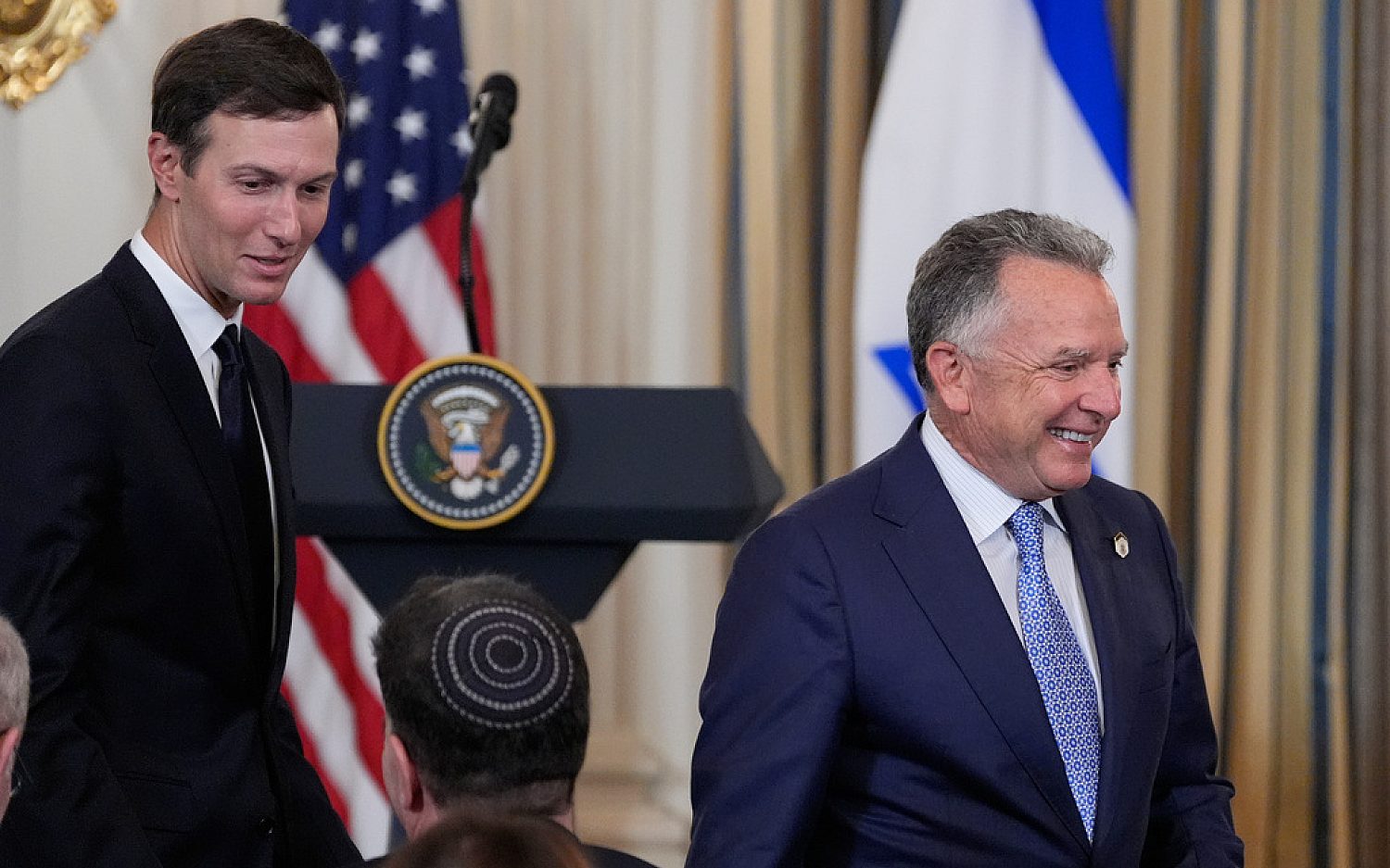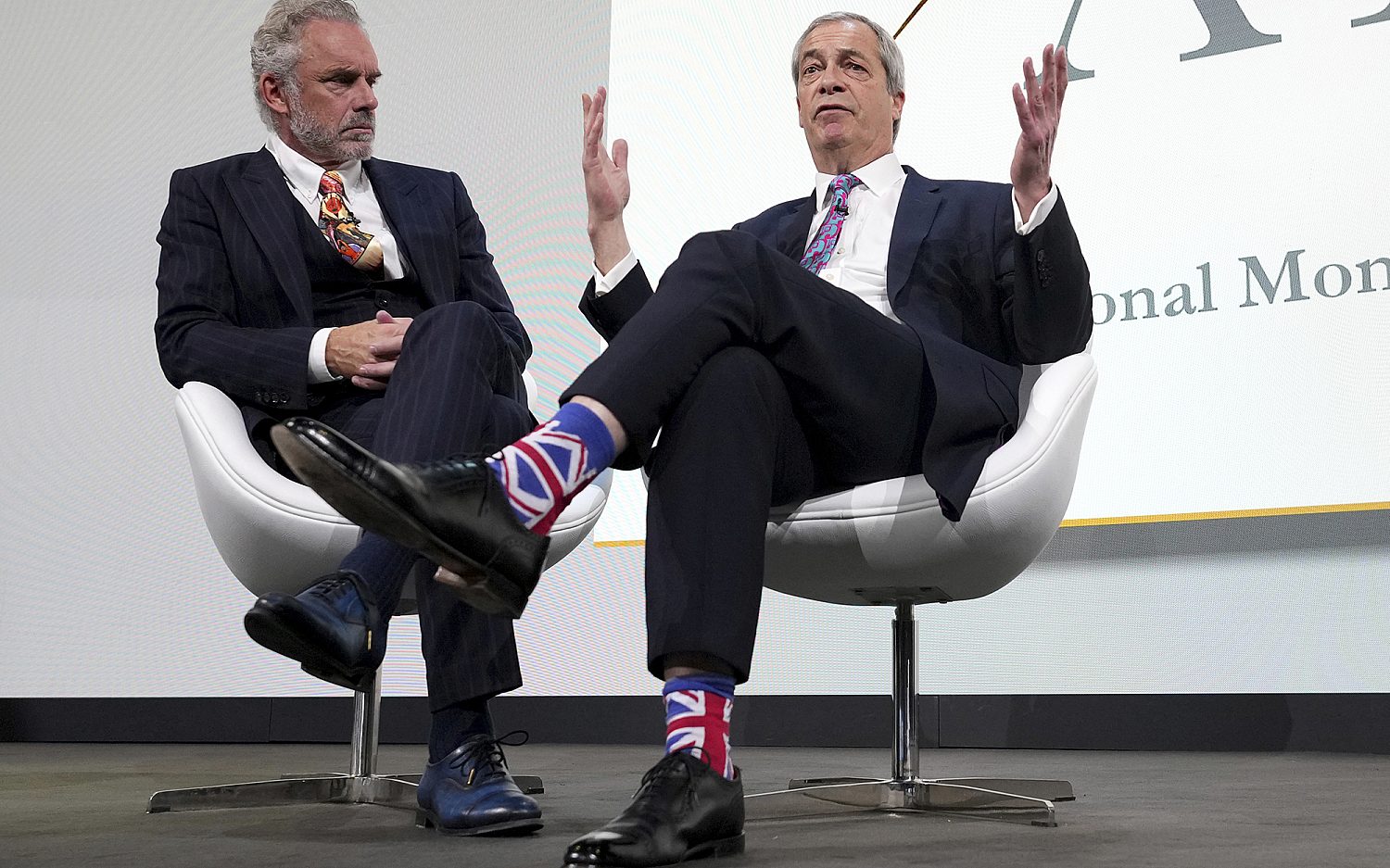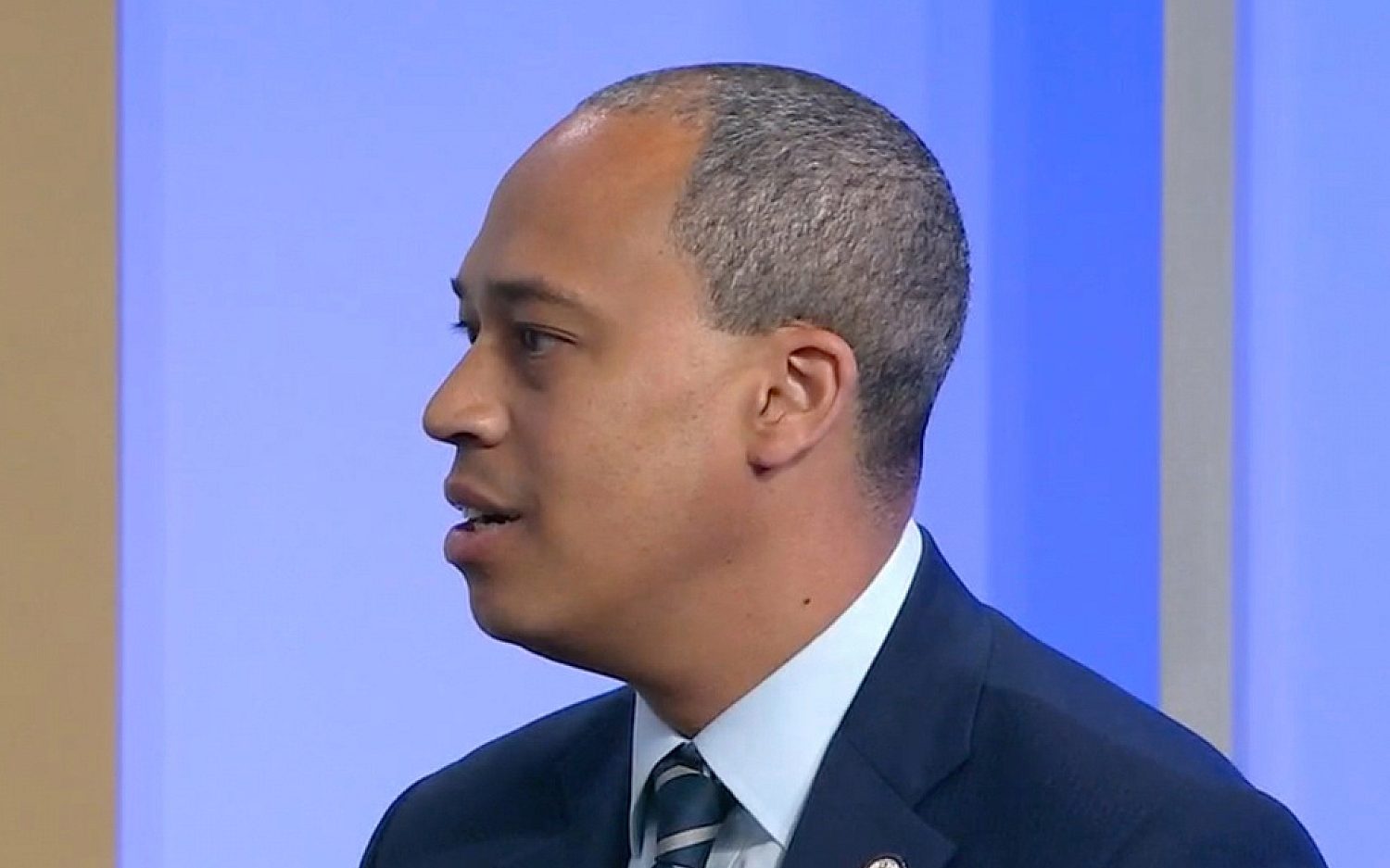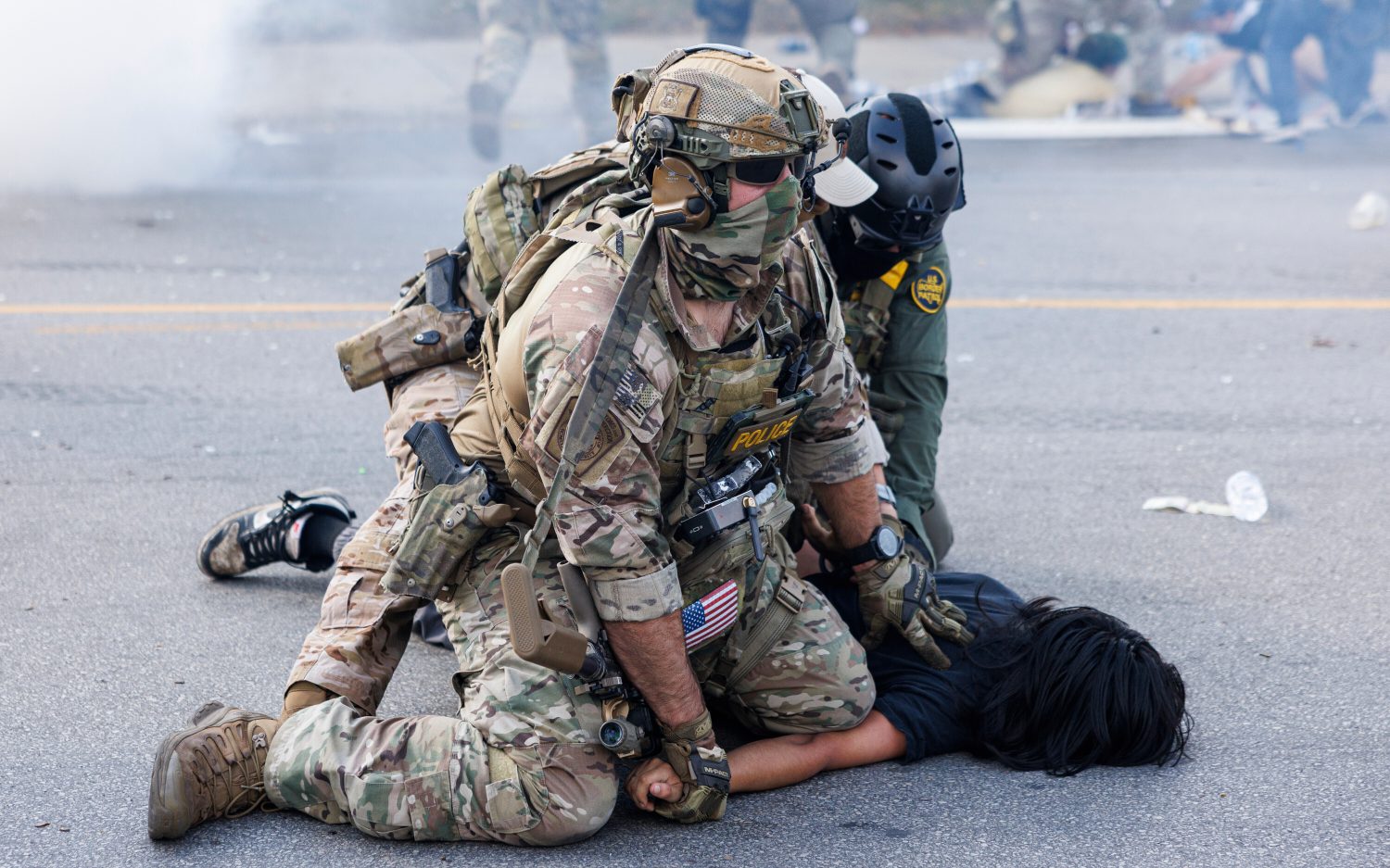Is religious affiliation more about faith or culture?
More people see themselves as religiously unaffiliated in Detroit than in New York City, according to data from the American Values Atlas (AVA), a new online tool from the Public Religion Research Institute (PRRI). The online resource displays answers to questions about American culture, using survey data from 50,000 telephone interviews conducted in 2014. The AVA covers all 50 states and 30 major metropolitan areas.
The data reveal some surprising trends and demonstrate our regional stereotyping may lag behind new cultural realities. But they also show the difficulty of determining religious devotion in areas where religion still plays an important role in cultural identity.
According to the AVA, Portland, Ore., has a greater percentage of religiously unaffiliated residents than any other major metropolitan area: 42 percent. Portland dwarfs the national average of 22 percent and surpasses San Francisco and Seattle (33 percent each) and Denver and Phoenix (32 percent and 36 percent, respectively).
Nashville has the most residents claiming religious affiliation—with just 15 percent unaffiliated—followed by Charlotte, N.C. (17 percent), and Atlanta, Dallas, Houston, Orlando, Fla., and Pittsburgh (all at 18 percent).
The least religious states? At 37 percent unaffiliated, Oregon takes the top spot, followed by New Hampshire (35 percent), Washington (33 percent), Vermont (32 percent), and Montana (29 percent).
At 10 percent unaffiliated, Mississippi takes the top spot for most religious, followed by Alabama (11 percent) and Arkansas (13 percent). But state-by-state comparisons yield some surprises, too: The AVA suggests Kansas (24 percent) has more religiously unaffiliated residents than Connecticut, Illinois, Massachusetts, or New York (all at 22 percent).
But does New York City really have more religiously affiliated people than Detroit? The AVA numbers suggest it does: New York City has 19 percent unaffiliated, and Detroit has 24 percent.
The data may have uncovered a flaw in our national stereotyping: Detroit has changed, so has New York City. And Kansas isn’t Kansas anymore.
But the data may instead reveal—or, at least, also reveal—the challenges of relying on self-identification to determine religious affiliation. People may identify with a religion for reasons of culture and ethnicity, rather than belief. That distinction, if unnoticed, can skew the results considerably.
For example, someone who attends the City Congregation for Humanistic Judaism may identify as Jewish without having religious beliefs at all. In a 2011 survey of New York City Jews, the UJA-Federation of New York found 26 percent identified themselves as Jews of “no denomination,” “just Jewish,” or “secular.” Only 1 percent of Detroit’s residents identify as Jewish, but 8 percent do so in New York City. That difference alone may make New York City appear more religious than it is.
And people who claim religious affiliation may not have the demonstrable practice that normally goes along with it. When the Roman Catholic Archdiocese of New York reported it might have to close more churches, The New York Times reported that, according to the archdiocese, only 15 percent of Roman Catholics attend mass on Sundays. But presumably, 100 percent of those people would self-identify as Roman Catholic, if asked their religious affiliation as part of a national survey.
The difference between Roman Catholics in Detroit and Roman Catholics in New York City is not insignificant: According to the AVA, 36 percent of New York City’s residents maintain some kind of Roman Catholic identity. (The AVA lists Roman Catholics in three categories: white, Hispanic, and non-white. This number represents the sum of the three categories.) By contrast, 23 percent of Detroit’s residents do so. Again, that difference could make New York City appear more religious than it is.
An actual newsletter worth subscribing to instead of just a collection of links. —Adam
Sign up to receive The Sift email newsletter each weekday morning for the latest headlines from WORLD’s breaking news team.




Please wait while we load the latest comments...
Comments
Please register, subscribe, or log in to comment on this article.